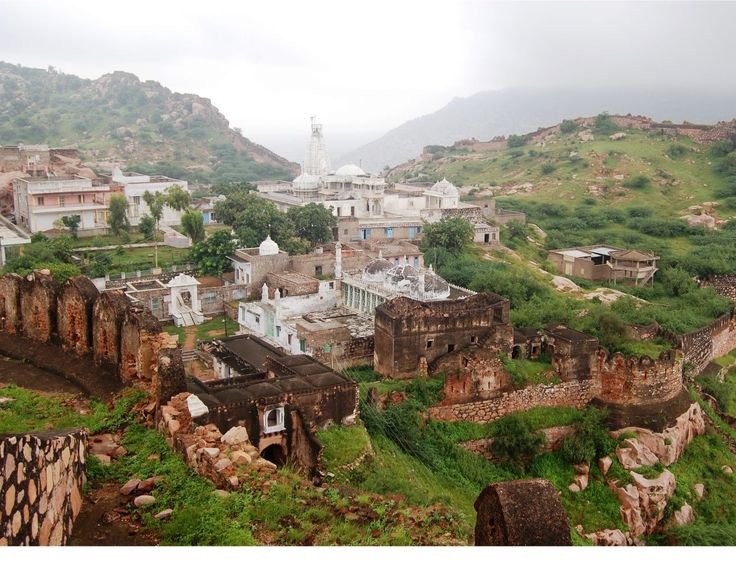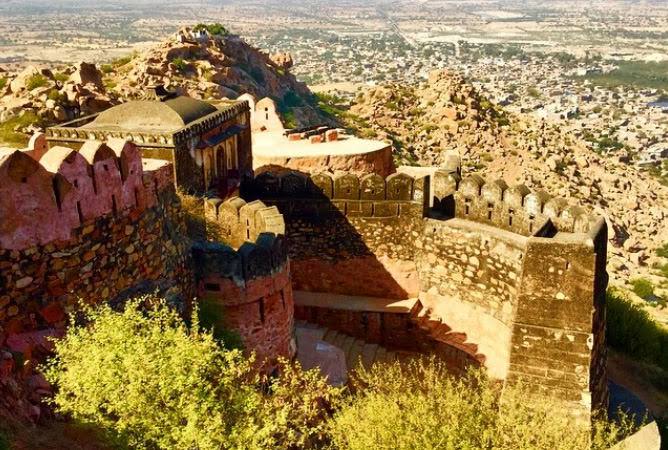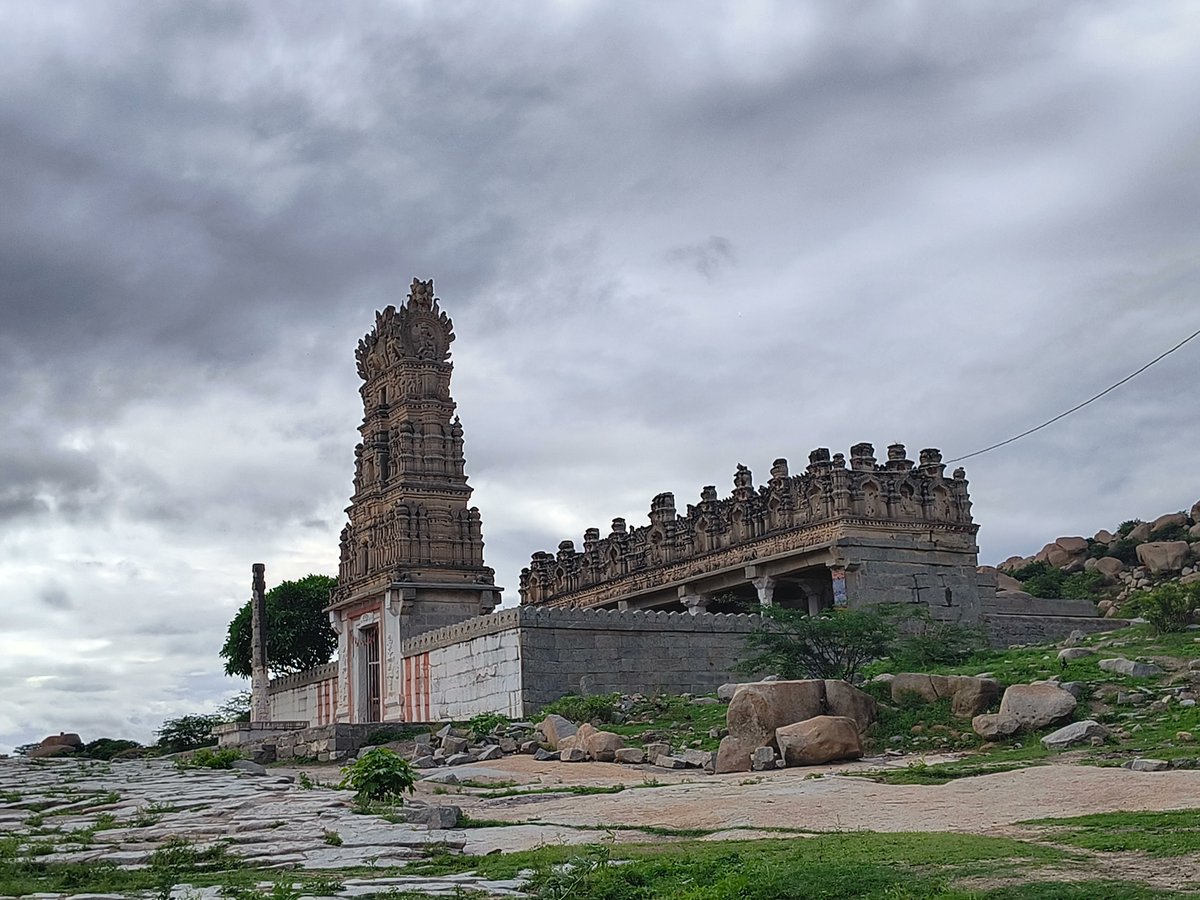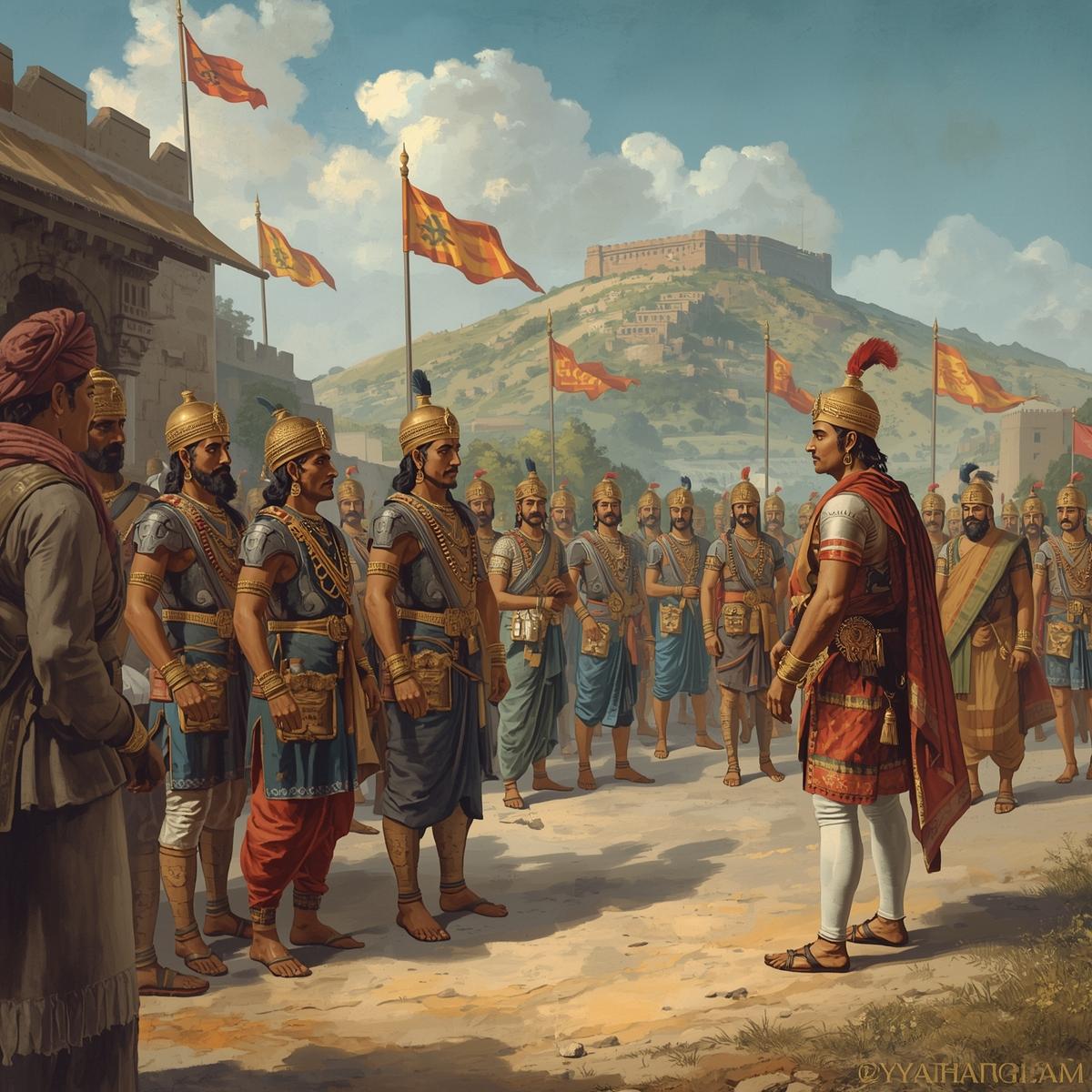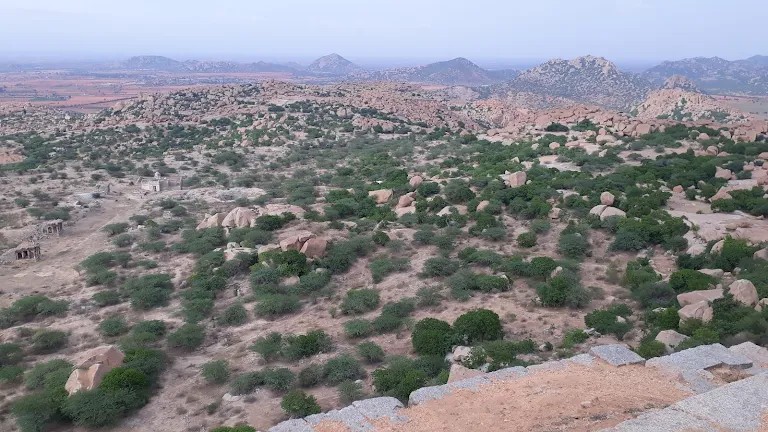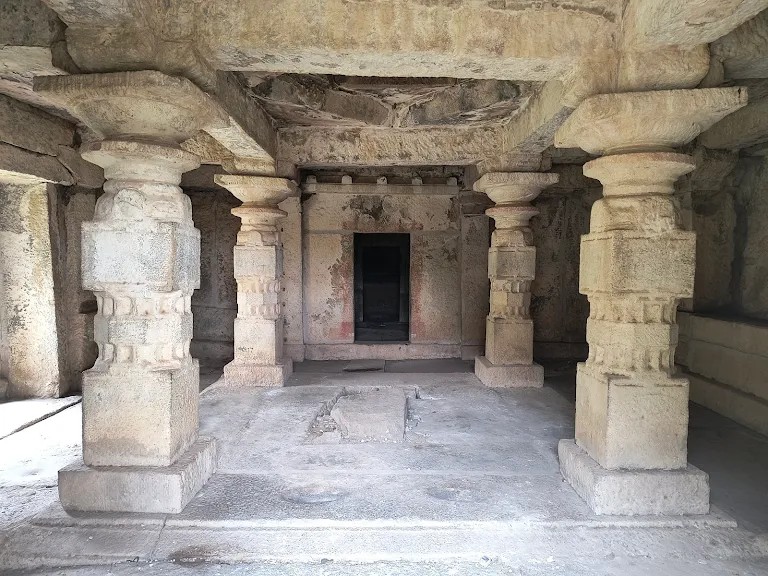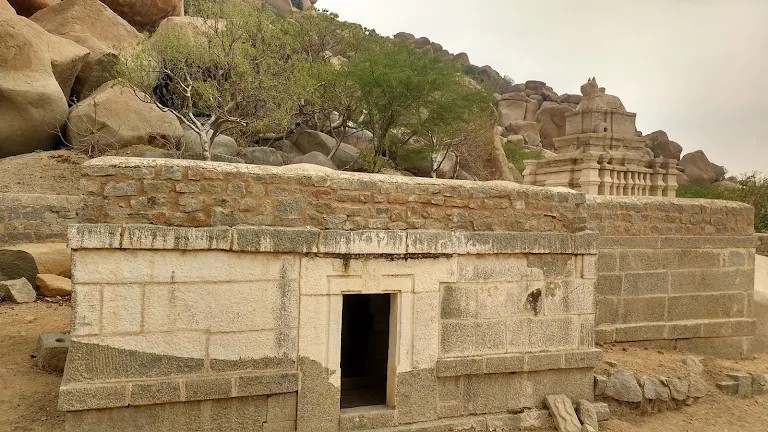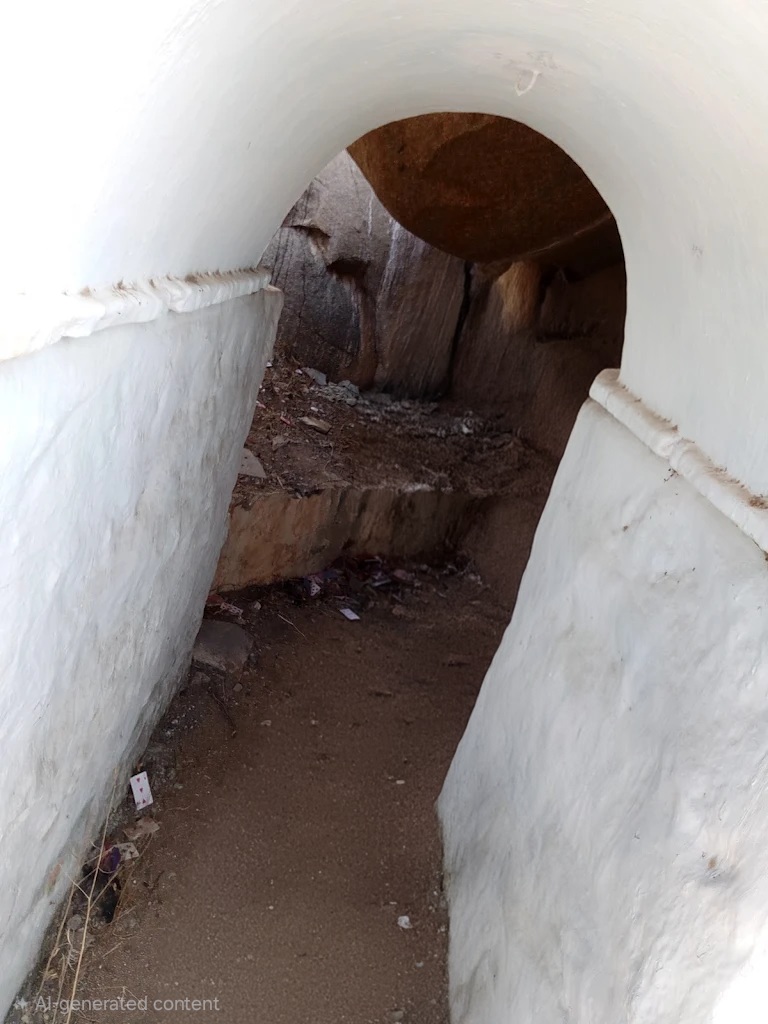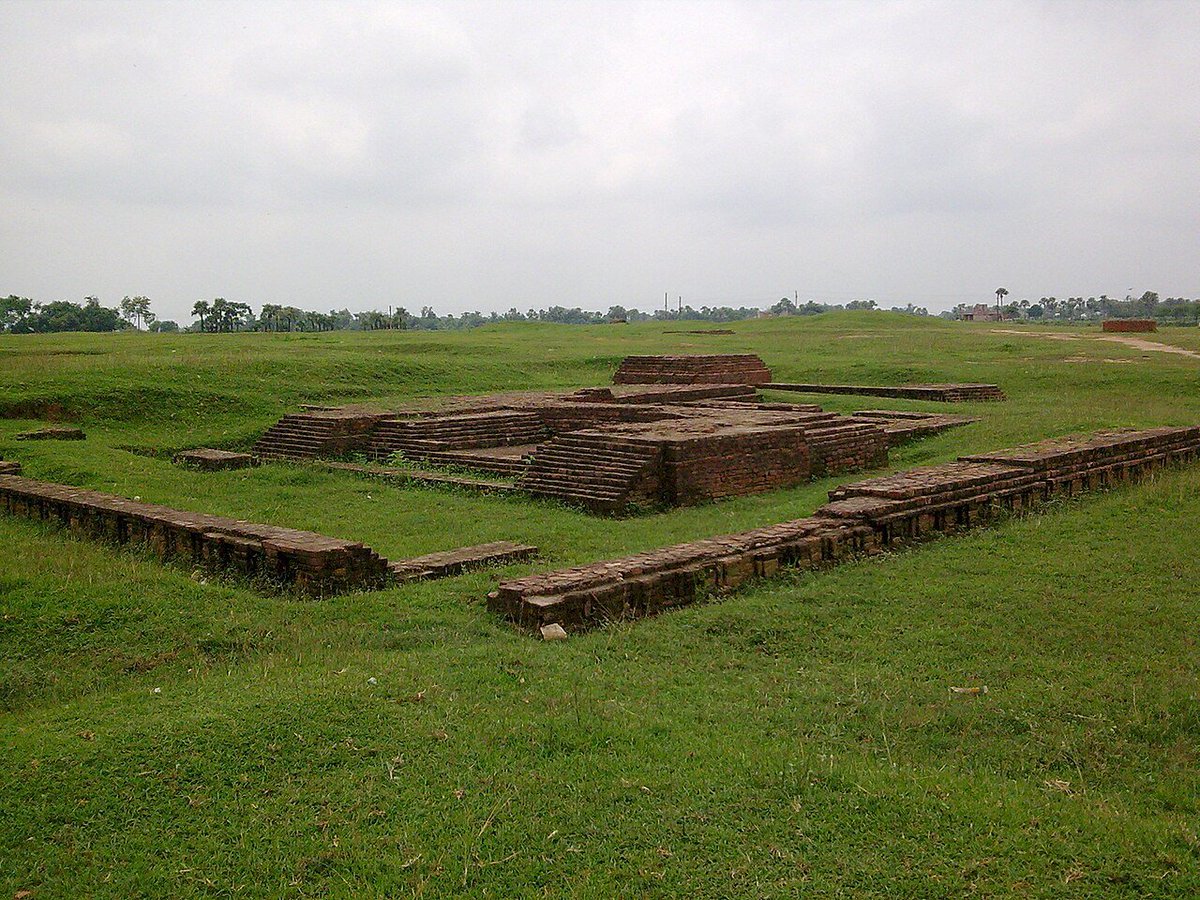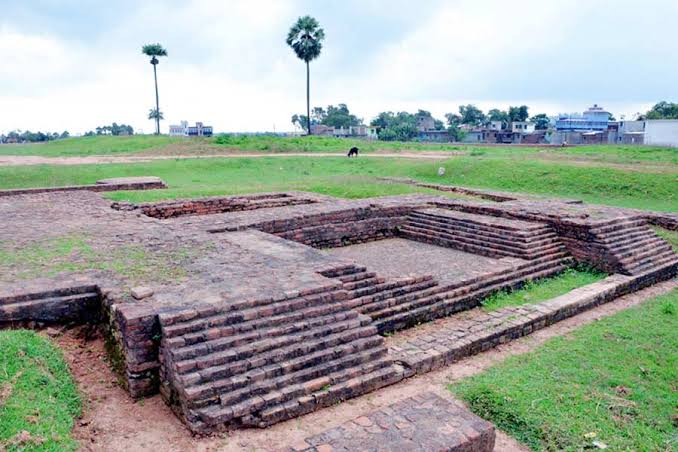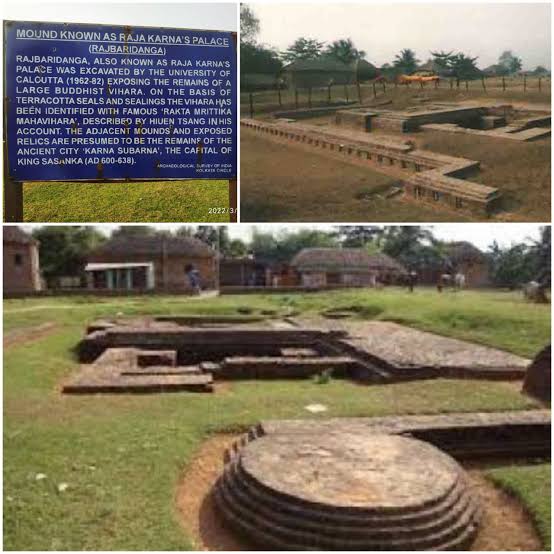#Thread on what was happening in the world during passage of #Kaliyuga "A Celestial Clock Reset" caused by planetary conjunction dating 18th Feb 3102 BCE
#Archaeology #Astronomy
1/26
#Archaeology #Astronomy
https://twitter.com/GemsOfIndology/status/1590752551980666880?t=sdD84QTw452UAvqz_yCzTw&s=19
1/26
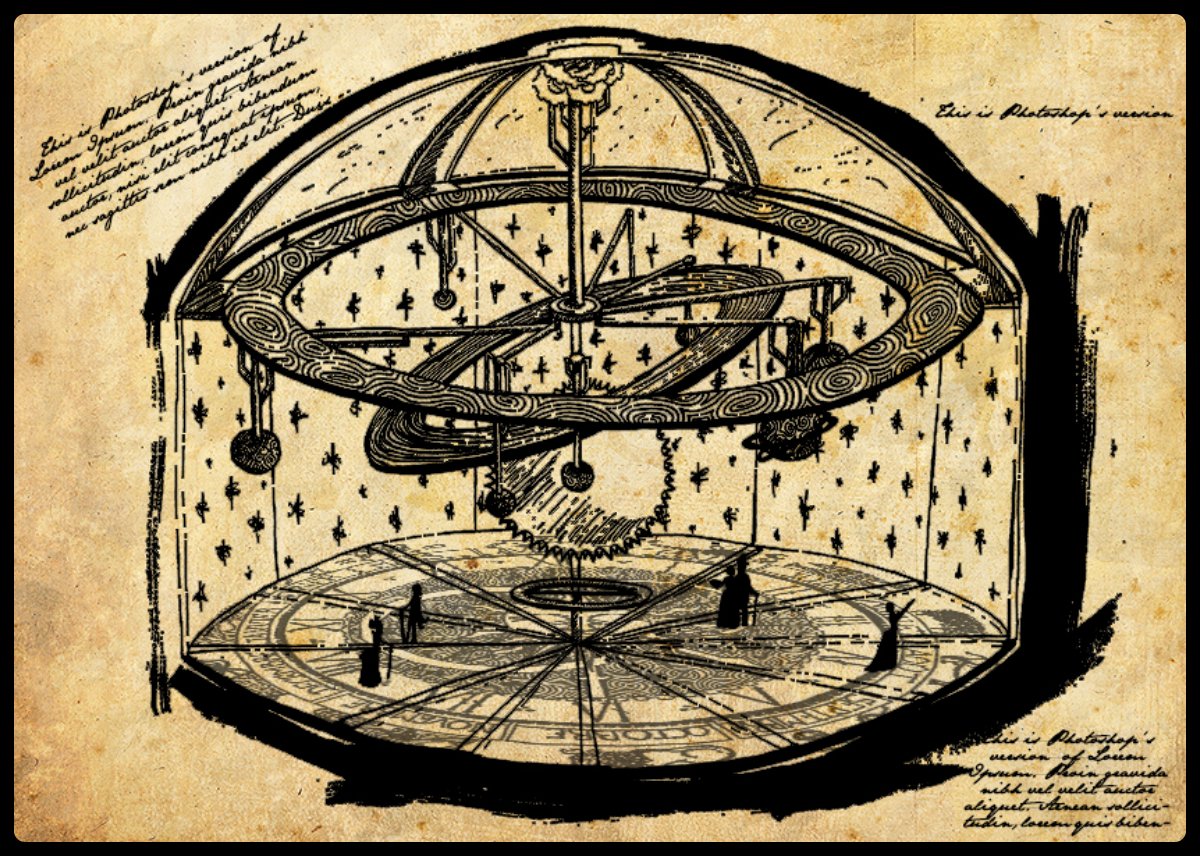
During 3100-3200 BCE lot of Geological, Meteorological, Weather, Oceanological, Civilisational changes occurred. It was very tumultus. Hindu Epoc #Kaliyuga Started during this period only
2/26
2/26
Meteor Showers & Comets recorded 3100 BCE
• 4 comets one month apart made terrestrial orbit intersections with the Earth-Duncan Steele
• Comet Proto-Encke made its closest pass to the Earth
• Fall of dust veil all over the world - Tree Rings in Ireland and England
3/26

• 4 comets one month apart made terrestrial orbit intersections with the Earth-Duncan Steele
• Comet Proto-Encke made its closest pass to the Earth
• Fall of dust veil all over the world - Tree Rings in Ireland and England
3/26


The Henbury Meteorite Crater is in the Northern Territory of Australia and is five hundred feet wide and is dated to 3,100 BC.
britannica.com/place/Henbury-…
4/26
britannica.com/place/Henbury-…
4/26

Professor Ioannis Liritzis of the University of Rhodes in the Greek Islands found evidence that a comet hit the Mediterranean Sea in 3,150 BC leading to Tidal waves. Could b reason for relocation in Egypt, Crete, Cyprus, Malta
5/26
5/26
On the other hand, dry land has sunk into the Atlantic, making underwater canyons extending out into the ocean floor from African river mouths. C-datings of a tree embedded in lava in this rift indicated that the catastrophe occurred around 3000 BCE
cnx.org/contents/s1uw7…
6/26
cnx.org/contents/s1uw7…
6/26

There was a peak in vulcanism in Iceland in 3,100 BC at Mount Hiemay. This was coincidentally with massive vulcanism in the Azores around 3,100 BC.
jstor.org/stable/2883752
7/26

jstor.org/stable/2883752
7/26


An acidity spike in Greenland's Camp Century ice core indicates a large and sudden increase of ash fall worldwide a dust veil event around 3100 BCE
pnas.org/doi/10.1073/pn…
google.co.in/books/edition/…
8/26

pnas.org/doi/10.1073/pn…
google.co.in/books/edition/…
8/26


There are sea level evidences from coastlines around the world that land submerged or emerged in two alternate quadrant around BC 3100.
Src: Atlantis of the West: A Drowned Neolithic Civilisation
9/26



Src: Atlantis of the West: A Drowned Neolithic Civilisation
9/26




There are evidences that #Nile floods were high and erratic during 3100-3000 BCE in comparison to earlier records by Herodotus. After 3000 BC the sea level dropped and land rose exposing #Nile Delta.
10/26



10/26




In Bahamas, mangrove swamps only grow on tidal range, dating 3210-3120 BC were found 3 meters high on Bimini
Charles Darwin noted raised beaches as high as 500 meters in some places in Patagonia and Chile
Brazilian sea levels curve show a high sea level of 5 mtr
11/26



Charles Darwin noted raised beaches as high as 500 meters in some places in Patagonia and Chile
Brazilian sea levels curve show a high sea level of 5 mtr
11/26




Sumerians arrived in Southern Iraq around 5,000 years ago, were acc. to their scribes, survivors of the Flood and, after leaving their original homeland, they stopped at a land called Dilmun which is generally thought to be Bahrain (a trade hub of Meluhans)
12/26

12/26


Chinese mythology mentions that the Emperor Fu Hsi arrived after the Great Flood which occurred around 2,950 BC (150 years after #Kaliyuga)
Pic src Ma Lin 馬麟 , Anonymous - Zhongguo gu dai shu hua jian ding zu (中国古代书画鑑定组). Public Domain
13/26

Pic src Ma Lin 馬麟 , Anonymous - Zhongguo gu dai shu hua jian ding zu (中国古代书画鑑定组). Public Domain
13/26


Massive flooding in Taiwan forced Austronesians who are members of an archeological group called the Dawenkou and inhabited Shandong and Jiangsu to leave Taiwan and travel south to the Philippines. These are the ancestors of the proto-Malay groups of people and languages.
14/26

14/26


Incidentally in Indian Scriptiures, Dwarka was submerged by a suddenly rising ocean at the dawn of the Age of #Kaliyuga was in 3,102 BC.
en.unesco.org/silkroad/silk-…
15/26
en.unesco.org/silkroad/silk-…
15/26
https://twitter.com/GemsOfIndology/status/1539971729355067395

The prehistoric megaliths monument built in Wiltshire, England dates from 3100 years B.C.
Along with Avebury, Stonehenge is one of the most famous groups of megaliths in the world
17/26



Along with Avebury, Stonehenge is one of the most famous groups of megaliths in the world
17/26




Egyptologist Peter Clayton gives a starting date of 3,150 BC for the beginning of Egyptian civilization.
web.archive.org/web/2008031918…
18/26
web.archive.org/web/2008031918…
18/26

The Mayan calendar was founded on August 10th 3113 BCE by Kukulkan the great Civilizer. britannica.com/topic/Mayan-ca…
19/26
19/26

The direction of the Earth’s magnetic field abruptly changed in 3,150 BC when a comet hit the Mediterranean Sea.
Uriel's machine : uncovering the secrets of Stonehenge, Noah's flood, and the dawn of civilization
20/26

Uriel's machine : uncovering the secrets of Stonehenge, Noah's flood, and the dawn of civilization
20/26


Acc. to Glaciologist Lonnie Thompson there was a major change in Earth’s climate appx 5200 years ago. He found that plants released by the Quelccaya Ice cap in the Peruvian Andes Thompson were suddenly buried alive by ice around 3,200 BC.
21/26
21/26

Around 3,150 BC the climate of Peru changed suddenly from that of a warm and wet and tropical climate to a different climate that was colder, dryer and less tropical. The Aspero pyramids were built at this same time.
22/26
22/26

Surprisingly Brazilian Sea-shell Pyramids also came up during 3rd Millennium BCE. These pyramids are 500 years older than Egyptian Pyramids
curiosmos.com/unwritten-myst…
23/26



curiosmos.com/unwritten-myst…
23/26




Src
earth4all.net/the-world-in-u…
web.stanford.edu/~meehan/donnel…
sites.google.com/site/georgemit…
https://t.co/lnQJQNpasj
archive.org/search.php?que…
archive.org/details/uriels…
jstor.org/stable/26819863
24/26
earth4all.net/the-world-in-u…
web.stanford.edu/~meehan/donnel…
sites.google.com/site/georgemit…
https://t.co/lnQJQNpasj
archive.org/search.php?que…
archive.org/details/uriels…
jstor.org/stable/26819863
24/26
I hope you've found this thread helpful.
Follow @GemsOfIndology for more.
Like/Retweet the first tweet below if you can:
25/26
Follow @GemsOfIndology for more.
Like/Retweet the first tweet below if you can:
25/26
https://twitter.com/GemsOfIndology/status/1594307088502599681
• • •
Missing some Tweet in this thread? You can try to
force a refresh













